Omicron threat: why is New Zealand shutting its borders again?
Citizens unable to return home as quarantine boss warns of ‘unprecedented’ risk

New Zealand has cut off the only route into the country after the head of the country’s quarantine system warned of a tenfold increase in Covid-19 cases at the border.
Health officials announced yesterday that “new spaces in the country’s managed isolation and quarantine system (MIQ) would not be released”, The Guardian reported. Covid-19 Response Minister Chris Hipkins said the effective closure of the border was “temporary”, but gave no indication of when travel to the country would be permitted again.
“Pausing the next MIQ lobby is a temporary position while MIQ is under extreme pressure from New Zealanders returning with Omicron,” he told reporters.
Subscribe to The Week
Escape your echo chamber. Get the facts behind the news, plus analysis from multiple perspectives.

Sign up for The Week's Free Newsletters
From our morning news briefing to a weekly Good News Newsletter, get the best of The Week delivered directly to your inbox.
From our morning news briefing to a weekly Good News Newsletter, get the best of The Week delivered directly to your inbox.
“No decisions have been made on the date, sequence and conditions for the border reopening and cabinet will consider options within the next couple of weeks based on the most up-to-date advice.”
‘Unprecedented cases’
The decision to close New Zealand’s border follows a warning from Chris Bunny, the MIQ head, about an “unprecedented number of Omicron cases coming into New Zealand and MIQ”.
According to The Guardian, there has been “a tenfold increase in cases at the border compared with December, and a seven-day rolling average of 33”.
Leaked files seen by Maori Television show that the government in Wellington is “bracing itself for an Omicron outbreak that will swamp the country’s health system and elude the precautionary measures which have prevented coronavirus transmission so far”.
The classified Across Government Situation Report, prepared for the Department of Prime Minister and Cabinet, revealed “fears of panic buying of food, protective masks and medication should Omicron eventually spread”. It also stated: “Facial coverings made from cloth materials are not sufficient in preventing or reducing infection of Omicron.”
The document went on to state that “in the event of community transmission of Omicron, community cases will almost certainly experience a sharp increase in a short time-frame”.
“Although two doses of vaccines have been shown to help against hospitalisation and severe disease, research shows it is less effective at preventing infection, which will likely enable the virus to spread to more vulnerable communities.”
Responding to the leaked report, Prime Minister Jacinda Ardern told reporters: “We have the ability to learn from other nations and see the impact or the way that Omicron is behaving and prepare ourselves.”
But she warned that an Omicron outbreak would likely mean the reintroduction of “red traffic-light restrictions”.
“I expect over the coming weeks to be able to share with you some of the additional preparation that has been done over and above the work that we did on Delta, for the specific issue of Omicron and what it represents,” she said.
Red traffic-light restrictions would mean New Zealanders are “legally required to provide your My Vaccine Pass to enter places that have vaccination requirements in place”, the government’s website states. This may include hospitality venues, events and gyms.
According to Oxford University tracking, the island nation has fully vaccinated 76% of its population, which equates to around 3.9m people.
‘Hope stripped away’
New Zealand has maintained strict border restrictions throughout the pandemic.
The approach has “been crucial to avoiding an Omicron outbreak and keeping Covid cases extremely low”, The Guardian said. But it has also become “a source of increasing heartache and rage for those who have found themselves locked out”.
“Other than the risky path of chartering a boat across the Tasman sea, securing a spot in MIQ is the only way into New Zealand,” the paper added.
“Competition for the rooms, which are released via a lottery system, is fierce”, with 16,000 people applying for one of the 1,250 available spots following the last release in early January.
Claire, a New Zealander trapped in San Diego, told The Guardian that the closure of the border meant “every shred of hope has been stripped away”, adding: “There is no end in sight, it’s just demoralising.”
She “asked to be referred to by first name only amid concerns about criticism by fellow New Zealanders”, The Guardian said, “most of whom have favoured border restrictions”.
Sporadic protests against the strict restrictions have occurred, with the government report seen by Maori Television referring directly to demonstrations organised by Bishop Brian Tamaki of the Destiny Church in Te Tai Tokerau.
The area is the only part of the country still rated at red in the traffic-light system, with the document stating that social media monitoring shows an “increase in negative sentiment” toward lockdown restrictions.
Sign up for Today's Best Articles in your inbox
A free daily email with the biggest news stories of the day – and the best features from TheWeek.com
-
 May 31 editorial cartoons
May 31 editorial cartoonsCartoons Saturday's political cartoons include how much to pay for a pardon, medical advice from a brain worm, and a simple solution to the national debt.
-
 5 costly cartoons about the national debt
5 costly cartoons about the national debtCartoons Political cartoonists take on the USA's financial hole, rare bipartisan agreement, and Donald Trump and Mike Johnson.
-
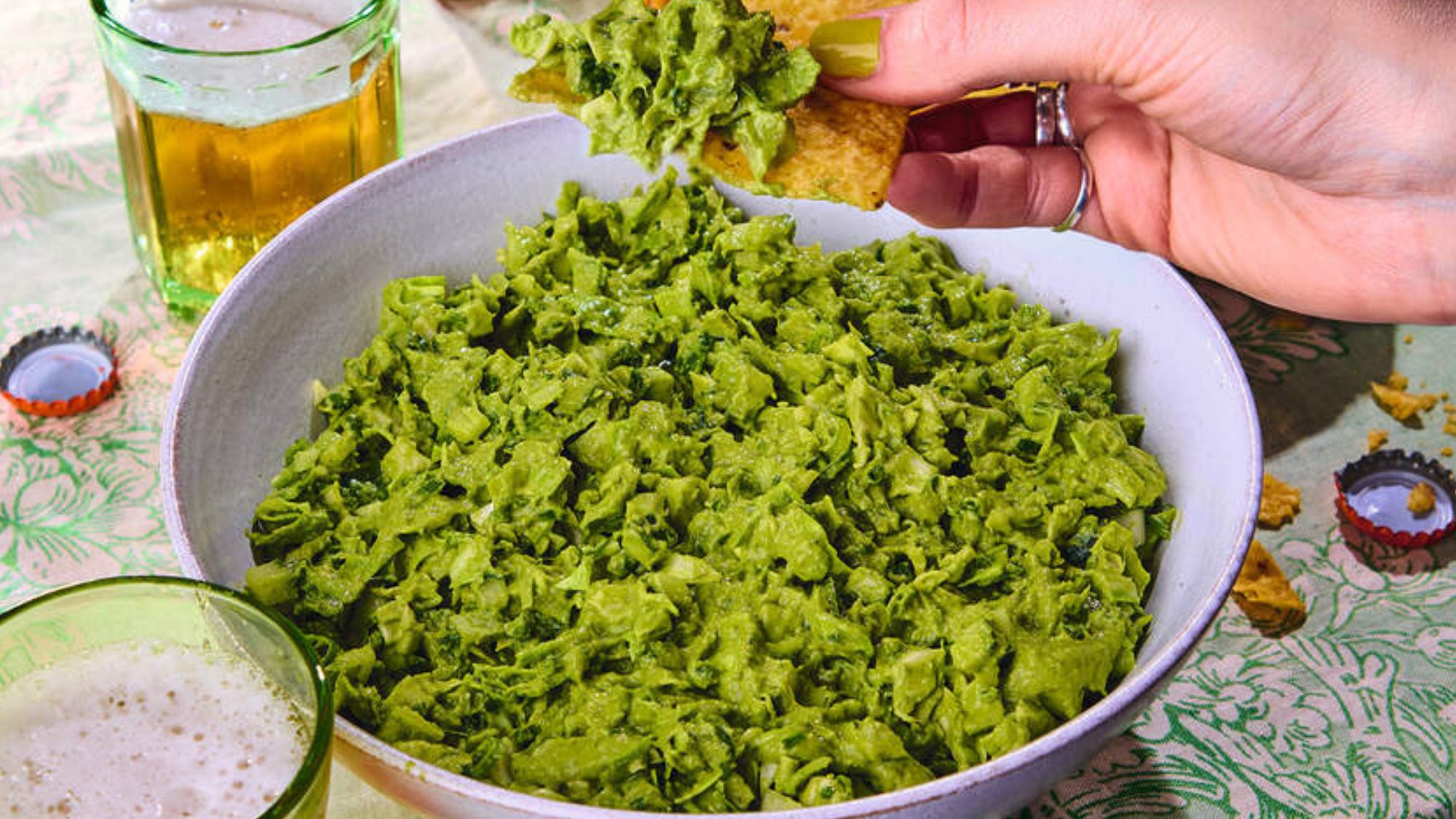 Green goddess salad recipe
Green goddess salad recipeThe Week Recommends Avocado can be the creamy star of the show in this fresh, sharp salad
-
 What happens if tensions between India and Pakistan boil over?
What happens if tensions between India and Pakistan boil over?TODAY'S BIG QUESTION As the two nuclear-armed neighbors rattle their sabers in the wake of a terrorist attack on the contested Kashmir region, experts worry that the worst might be yet to come
-
 Why Russia removed the Taliban's terrorist designation
Why Russia removed the Taliban's terrorist designationThe Explainer Russia had designated the Taliban as a terrorist group over 20 years ago
-
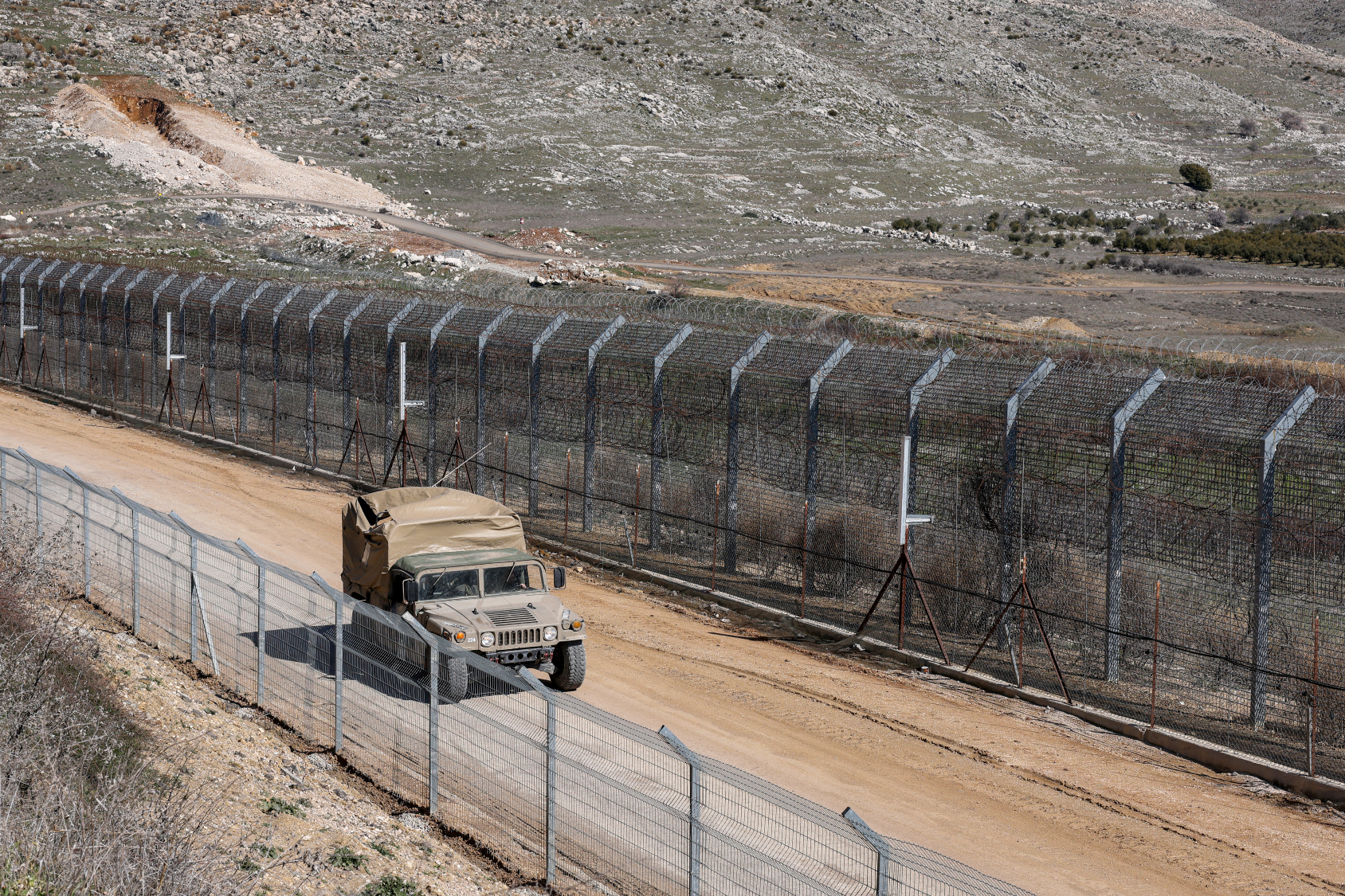 Inside the Israel-Turkey geopolitical dance across Syria
Inside the Israel-Turkey geopolitical dance across SyriaTHE EXPLAINER As Syria struggles in the wake of the Assad regime's collapse, its neighbors are carefully coordinating to avoid potential military confrontations
-
 'Like a sound from hell': Serbia and sonic weapons
'Like a sound from hell': Serbia and sonic weaponsThe Explainer Half a million people sign petition alleging Serbian police used an illegal 'sound cannon' to disrupt anti-government protests
-
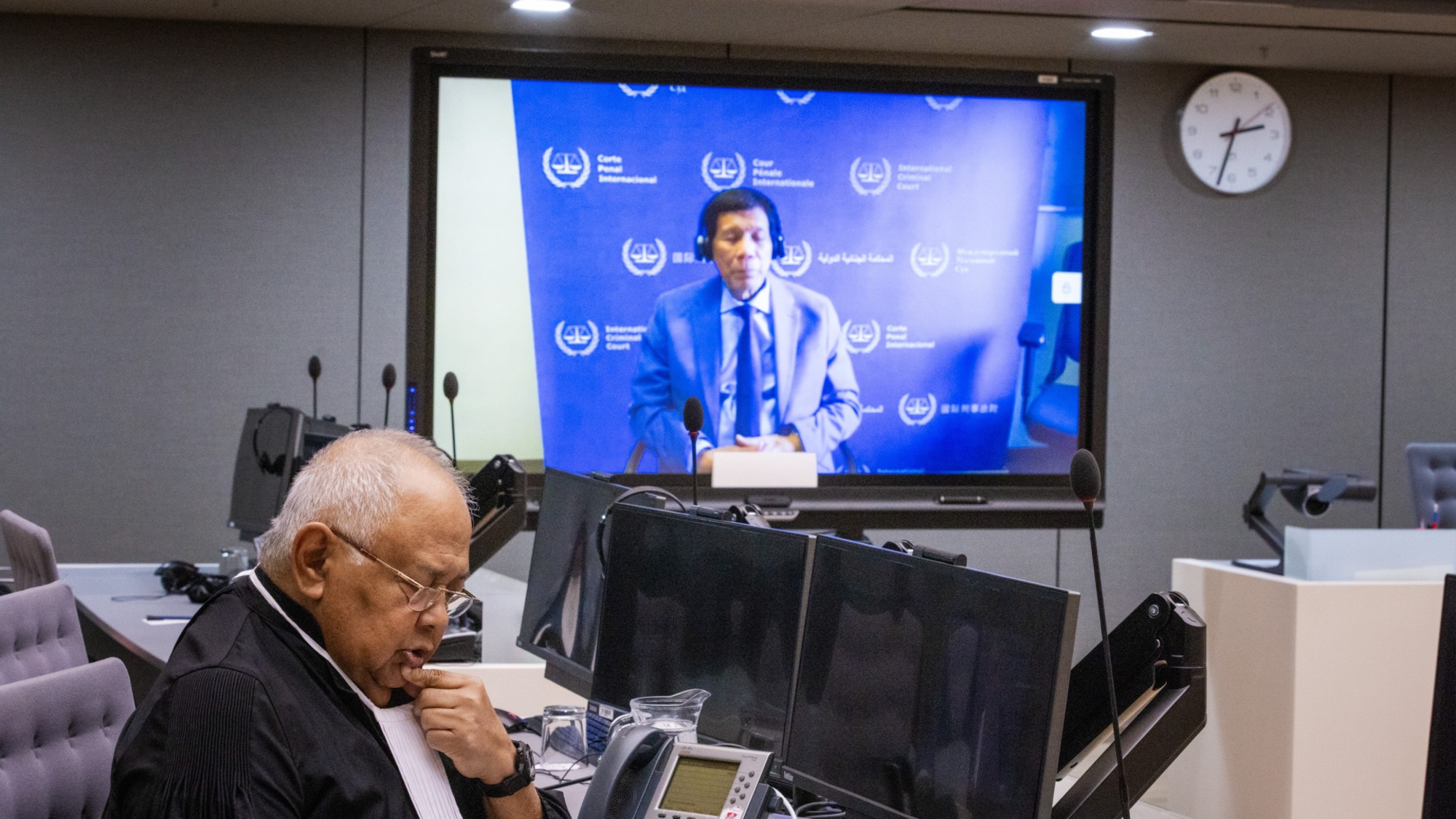 The arrest of the Philippines' former president leaves the country's drug war in disarray
The arrest of the Philippines' former president leaves the country's drug war in disarrayIn the Spotlight Rodrigo Duterte was arrested by the ICC earlier this month
-
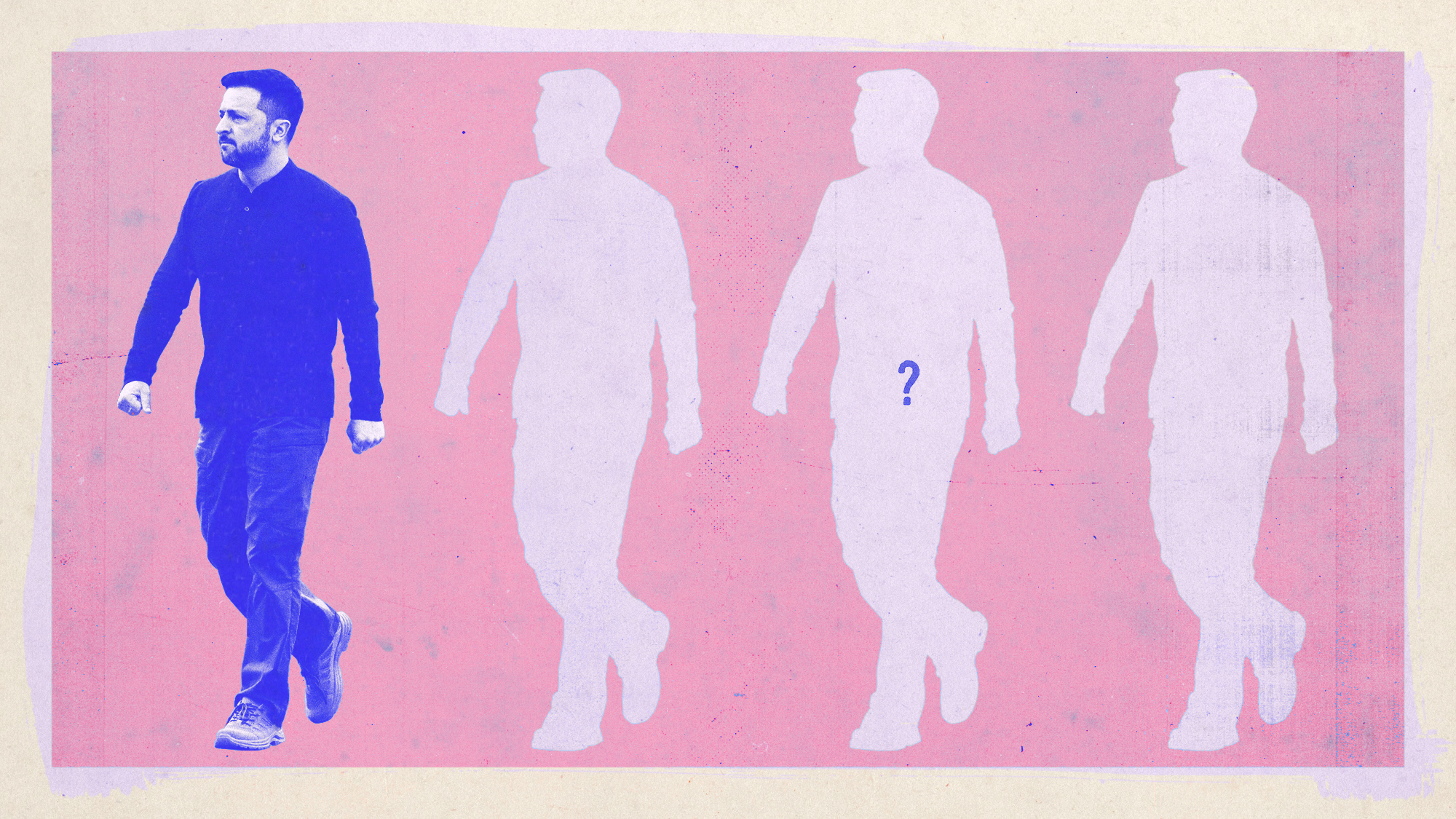 Ukrainian election: who could replace Zelenskyy?
Ukrainian election: who could replace Zelenskyy?The Explainer Donald Trump's 'dictator' jibe raises pressure on Ukraine to the polls while the country is under martial law
-
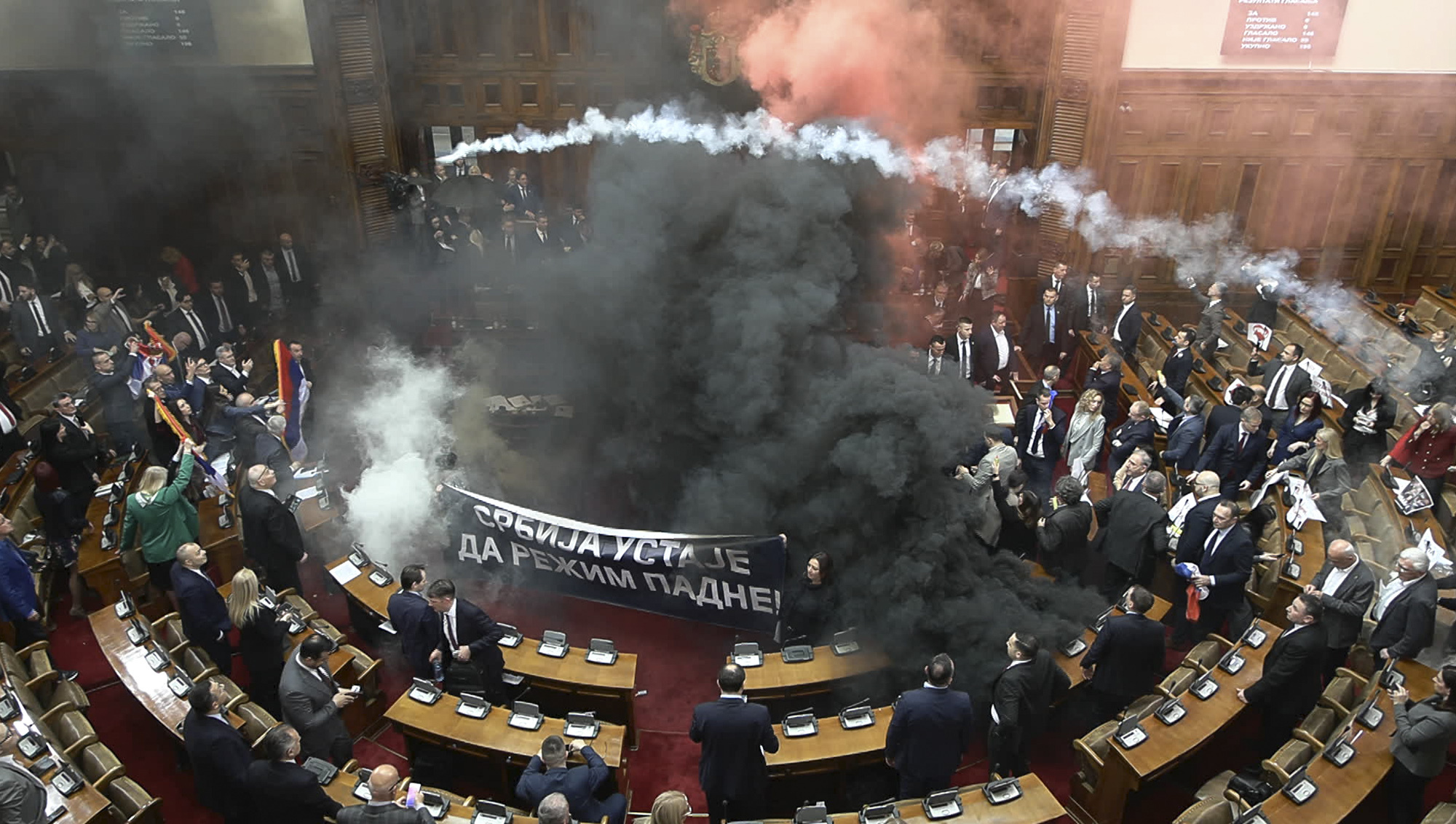 Why Serbian protesters set off smoke bombs in parliament
Why Serbian protesters set off smoke bombs in parliamentTHE EXPLAINER Ongoing anti-corruption protests erupted into full view this week as Serbian protesters threw the country's legislature into chaos
-
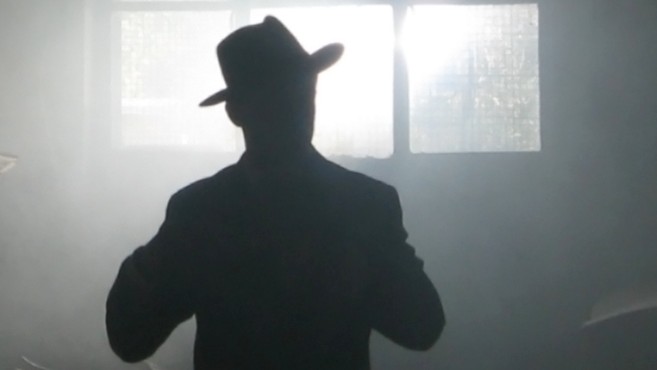 Who is the Hat Man? 'Shadow people' and sleep paralysis
Who is the Hat Man? 'Shadow people' and sleep paralysisIn Depth 'Sleep demons' have plagued our dreams throughout the centuries, but the explanation could be medical